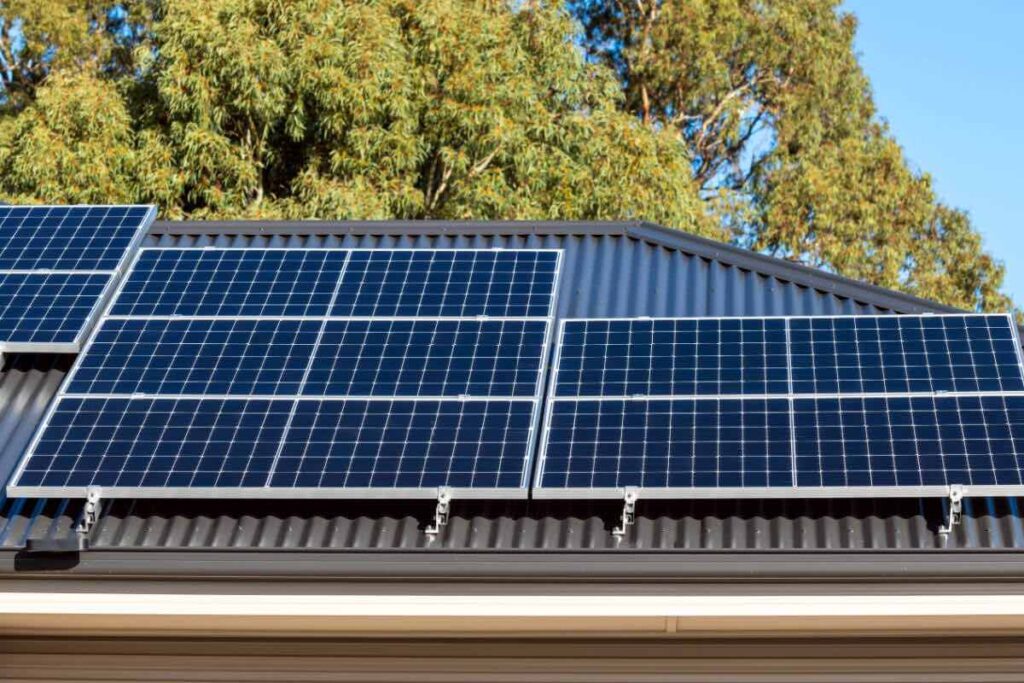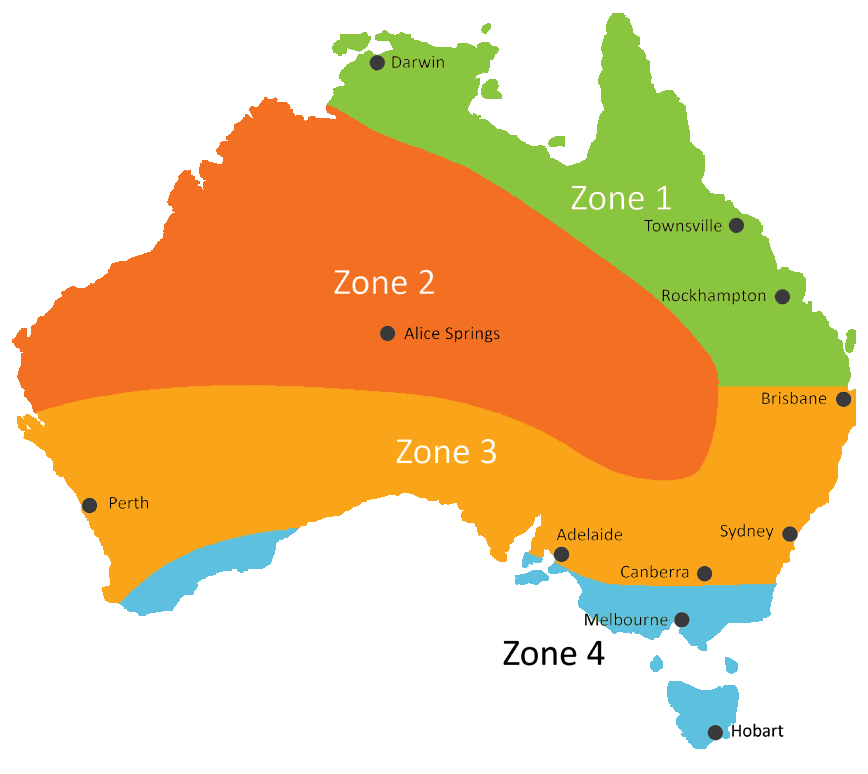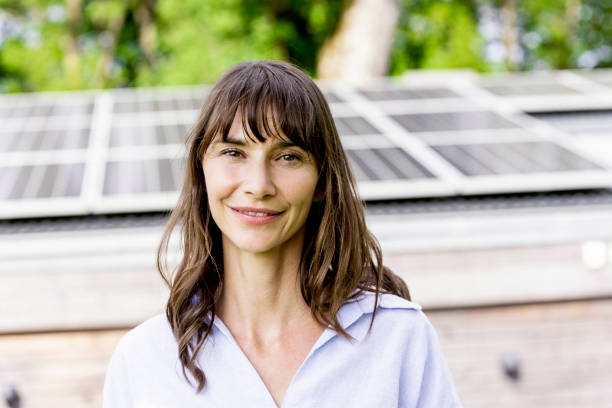Last update July 10th, 2024 at 06:12 pm
Many Australians are wondering, should I finance my solar system? It’s a natural question to ask when looking at investing in a solar panel system for their home. This might reduce your electricity costs significantly, and will also reduce your carbon footprint. However, installing a solar panel system can be very expensive.
Although solar prices have dropped a lot over the last few years, the installation cost is still significant for most households.
Luckily, there are rebate schemes and other financial help systems that will make solar technology more accessible for Australian households. Let’s take a closer look at these!

The solar STC rebate
As the federal government wants to make solar technology available for as many Australians as possible, a rebate scheme has been initiated. This rebate scheme is based on Small-scale Technology Certificates (STCs).
When you install a solar panel system, you will receive a certain number of STCs. Every STC has a market value. The more STCs you get, the larger the rebate will be. Usually, the rebate will be directly deducted from your installation costs.
The number of STCs will depend on two factors:
- The system size (kW)
- Location
The larger the solar system size, the more Small-scale Technology Certificates you will receive. Your location is also relevant. Based on your STC zone, you will get a certain number of STCs. There are four STC zones (1-4), where zone 1 will get the largest amount of STCs.
In what STC zone do I live?
On the internet, you can easily find an STC map that will show you in which STC zone you live. Australia is divided into four STC zones, and the STC rebate is lower in zones 3 and 4, compared to 1 and 2.
Here are some examples of Australian cities, and in which STC zone they are located:
- STC zone 1: Darwin
- STC zone 2: Alice Springs
- STC zone 3: Brisbane, Sydney, Canberra, Adelaide, Perth
- STC zone 4: Melbourne, Hobart

How big is the STC rebate?
The STC rebate will usually cover a significant part of your installation costs. The average installation cost for a 6.6 kW solar system is somewhere between $5,500 – $8,000, depending on where you live (after deducting the STC rebate).
The STC rebate will typically cover between $2,800 and $3,600 of your total costs.
State rebates
In addition to the government STC rebate, you might also find state rebates in some Australian states. However, this is just the case in a few states – like Victoria. The rebates can reduce your costs even more and may cover both panels, inverter and batteries.
In some cases, the state rebate is only given to households with a certain income. This may help low-income households to go solar.

How to finance your solar system costs?
After the rebates are deducted, you will still have to pay a significant amount of money for your solar system. You may, of course, pay it in cash if that is an option for you. If not, you may consider these alternatives:
Are there interest-free loans to finance my solar system?
Some states might offer interest-free loans to residents that need financial help to go solar. Interest-free loans are also offered by some solar suppliers.
An interest-free loan will give you the money needed for installing a solar panel system and makes it possible to pay for the system over time – with no interest.
Can I use a green loan to finance my solar system?
If you can’t get an interest-free loan, you can consider a so-called green loan. This is a low-interest loan offered by many banks and is often considered a good option for those who can’t pay the system upfront.
Personal loans
If you are looking for a flexible loan that might even be cheaper than a green loan if you pay it back quickly, a personal loan might be a good choice. However, it might be hard to find a good personal loan, and you will also need a decent credit score.
Personal loans for solar panel systems are usually a good option for customers with good credit scores, and customers that deal with solar suppliers that can give a better price if you pay upfront.
Add the solar cost to your mortgage
The home loan mortgage interest is usually quite low. Because of this, it might be a good idea to add the solar cost to your mortgage. That way, you will be able to finance your solar system beneficially.
However, if you pay the loan back slowly, you may end up paying more than needed for your solar system.
Rent-to-own-solar
Another option is to lease your solar system. An agreement like this means that you will pay for the solar system through monthly payments, and there are usually no upfront costs. When the system is fully paid back, you will own it. Remember to ask your installer for finance options when you are getting a quote.